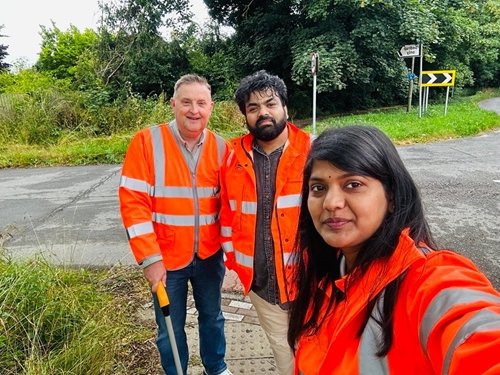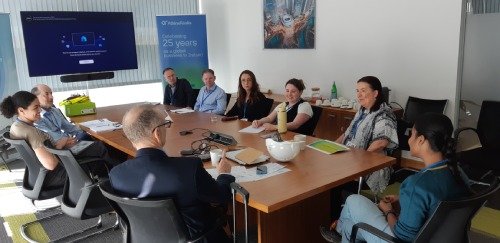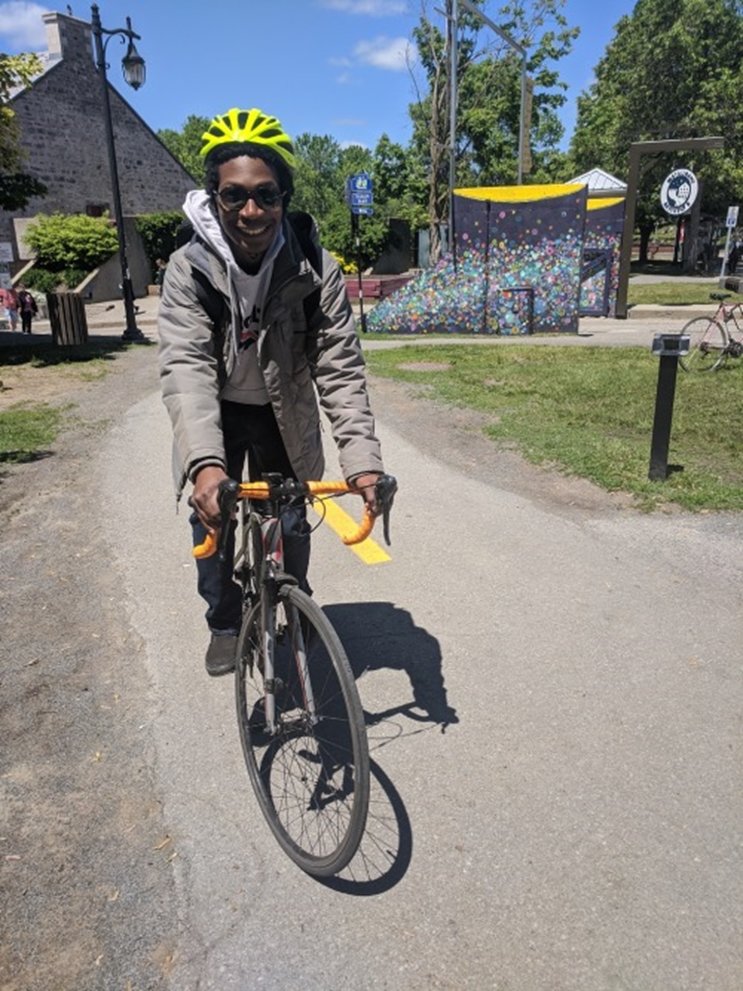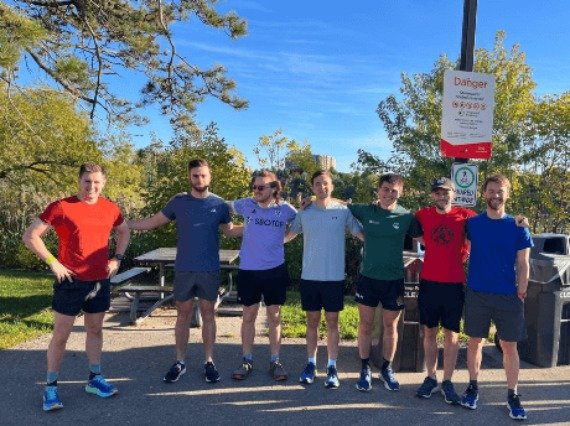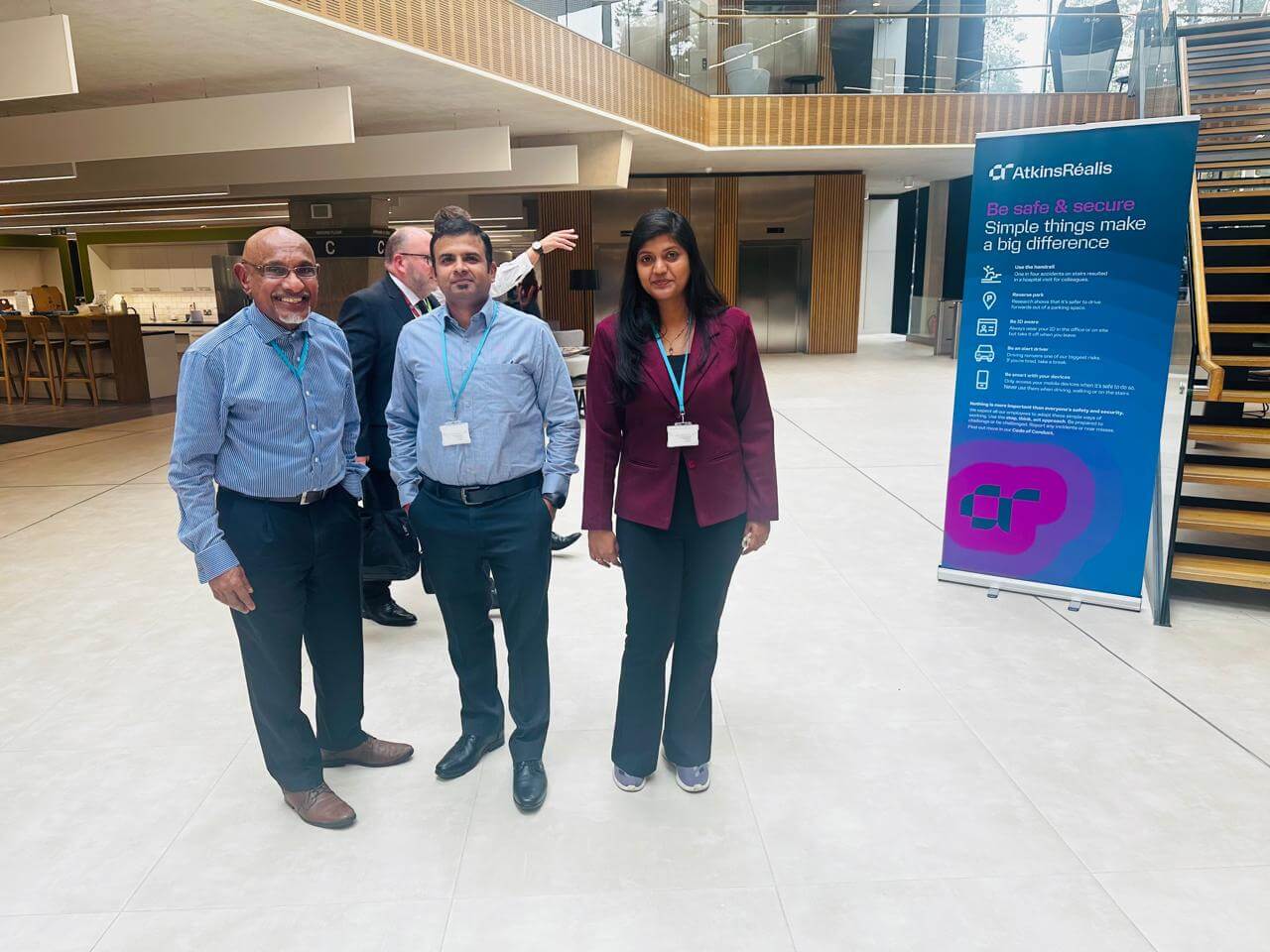Let’s find your next opportunity
AI Assistant: {{ chat.assistant.message }}
Suggested roles matches
Sort By
{{ job.job_posting_title }}
{{ job.is_cms_job ? (job.cities.split(';').length > 1 ? 'Various locations' : job.location_mappings[0]) : (job.location_mappings.length > 1 ? 'Various locations' : job.location_mappings[0]) }}
We are sorry there are no jobs that match your exact criteria. Try a new search term, or use the filters to continue browsing for available opportunities.
Suggested roles matches
{{ job.title }}
{{ [job.cities[0], job.regions[0], job.countries[0]].join(', ') }}
Various locations
We are sorry there are no jobs that match your exact criteria. Try a new search term, or use the filters to continue browsing for available opportunities.
Let’s find your next opportunity
{{ job.job_posting_title }}
{{ job.is_cms_job ? (job.cities.split(';').length > 1 ? 'Various locations' : job.location_mappings[0]) : (job.location_mappings.length > 1 ? 'Various locations' : job.location_mappings[0]) }}
About AtkinsRéalis
A career with AtkinsRéalis
Be bold with your ideas – and supported to make them reality. Be curious, surrounded by colleagues who want to see you grow.
Be the change, knowing your work drives sustainable impact across the world. Be yourself in a workplace where you're heard, respected, and included.
Welcome to AtkinsRéalis – where you'll discover just how brilliant you are.
About us
AtkinRéalis in the United States
With 40,000 employees speaking more than 70 languages, representing 130 nationalities, and operating across 50+ countries, our team is as diverse as the world we serve.
Together, we bring local insight and global expertise to every region. We drive innovation, deliver impact, and build a better future everywhere we operate.
Across the U.S., we deliver transformative infrastructure that drives mobility, resilience, and recovery. We lead major programs like JFK Terminal One, Brightline Florida, and FEMA emergency support, while advancing smart transport through projects like the US 98 Smart Bay
- Employees: 4,500+
- Offices: 20+ states including New York, Florida, Texas, California, and Georgia


Find your place on our team
With opportunities spanning markets, services and regions, there’s a role here where your skills, passion, and ambition can thrive.
Mid-Level / Senior Electrical Engineer
Bothell, Washington, United States of America
Project Controls Specialist Energy
Oak Ridge, Tennessee, United States of America
Senior Civil/ Structural Engineer - Power and Industrial
Various locations
Project Engineering Manager
Bothell, Washington, United States of America
Scheduler/Project Controls Specialist
Orange, Connecticut, United States of America

Different makes a difference
We believe you can achieve remarkable things when you can be yourself. So every day we’re striving to create collaborative and innovative workplaces where everyone feels they belong, and a supportive culture where you can shape the career you want.
We empower you to shine and contribute to our collective impact where our people lead in engineering, sustainability, and technology - creating real change for communities worldwide; making a positive impact beyond the workplace.













